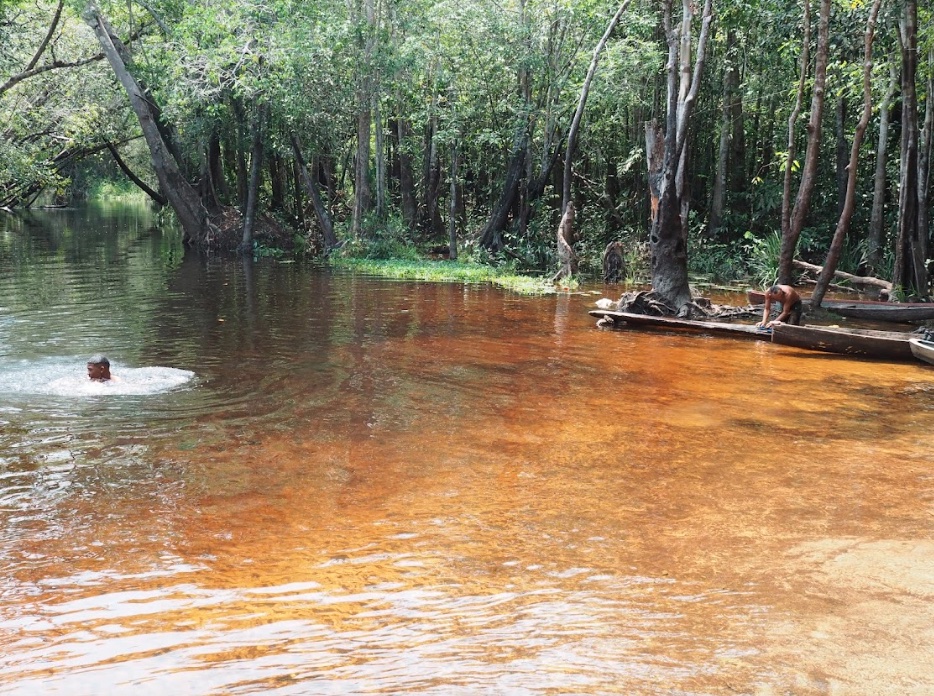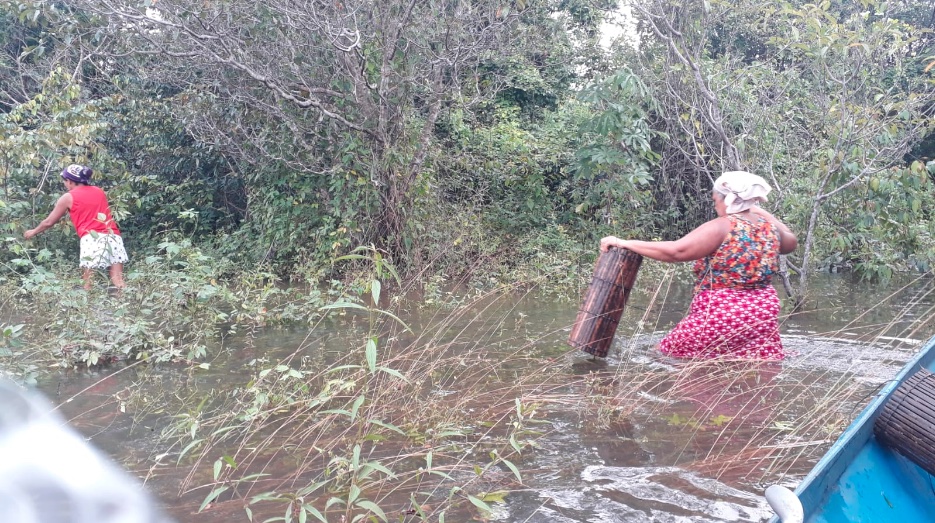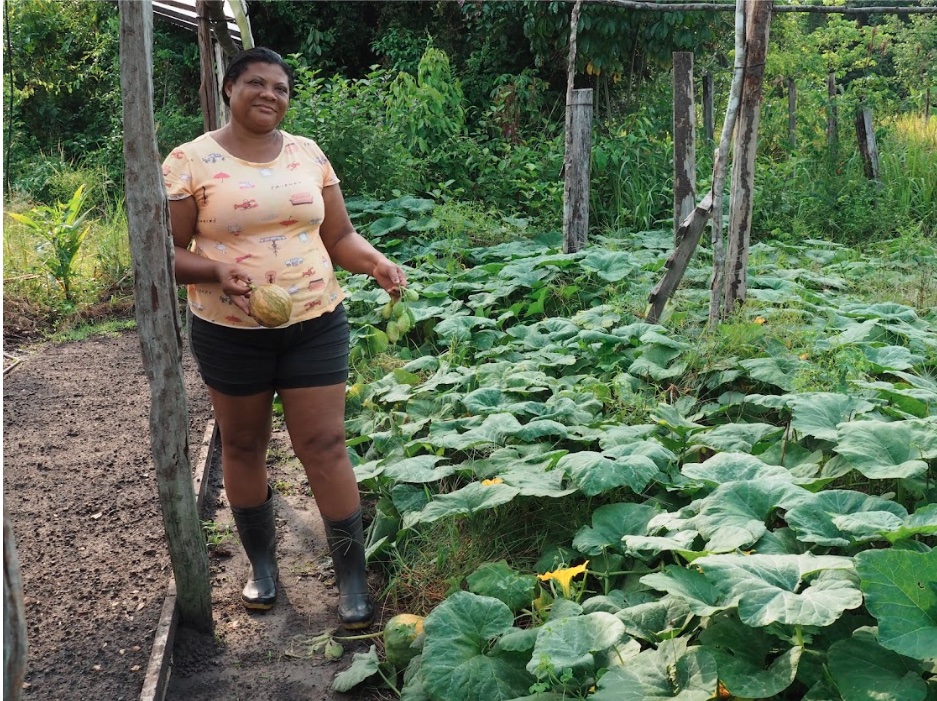This story excerpt was translated from Portuguese. To read the original story in full, visit InfoAmazonia. You may also view the original story on the Rainforest Journalism Fund website. Our website is available in English, Spanish, bahasa Indonesia, French, and Portuguese.

Illegal deforestation associated with real estate speculation, encouraged by the possible construction of the Tocantins-Araguaia waterway between the municipalities of Mocajuba and Baião, is already impacting forests and the lives of the quilombos of the Lower Tocantins, in Pará.
In February 2022, Maria Deuza Conceição Caldas visited the Quilombola Community of Vila Santa Maria de Mangabeira (PA), located on the banks of the Tocantins River, to discuss the construction of the Tocantins-Araguaia waterway with other Quilombolas. The federal government's project, which has the potential to impact the rivers, forests and the lives of thousands of people in the region, involves dredging more than 177 kilometers of the river and blasting submerged rocks in another 35 kilometers of a site of great environmental importance known as Pedral do Lourenço (see At risk of being blasted for the construction of a waterway, Pedral do Lourenço is defended by scientists and traditional communities of the Tocantins River).
Held in the community shed, the meeting was part of a series of meetings of the so-called "Caravan in Defence of the Tocantins River," organized by the Central Única dos Trabalhadores (CUT). In that community assembly space, the Quilombolas described with apprehension the possible effects of dredging the riverbed on the reproduction of fish and shrimp, the damage caused by the blockages that large barges would cause to the passage of their canoes, and the fear of violent explosions and their chemical residues from dynamite scattered in the river.

As a nonprofit journalism organization, we depend on your support to fund journalism covering underreported issues around the world. Donate any amount today to become a Pulitzer Center Champion and receive exclusive benefits!
However, Deuza sensed something else. She foresaw an effect on family farmers and Quilombolas that is already occurring under the influence of a project that has not even been approved: the clearing of forests and riparian forests, the invasion of traditional territories accompanied by real estate speculation and the destruction of aquatic fauna.
Since the beginning of 2021, Deuza has seen more "outsiders" buying up land in the region of the municipalities of Mocajuba and Baião, in Pará, which are full of Quilombos that have existed for more than two centuries.




















